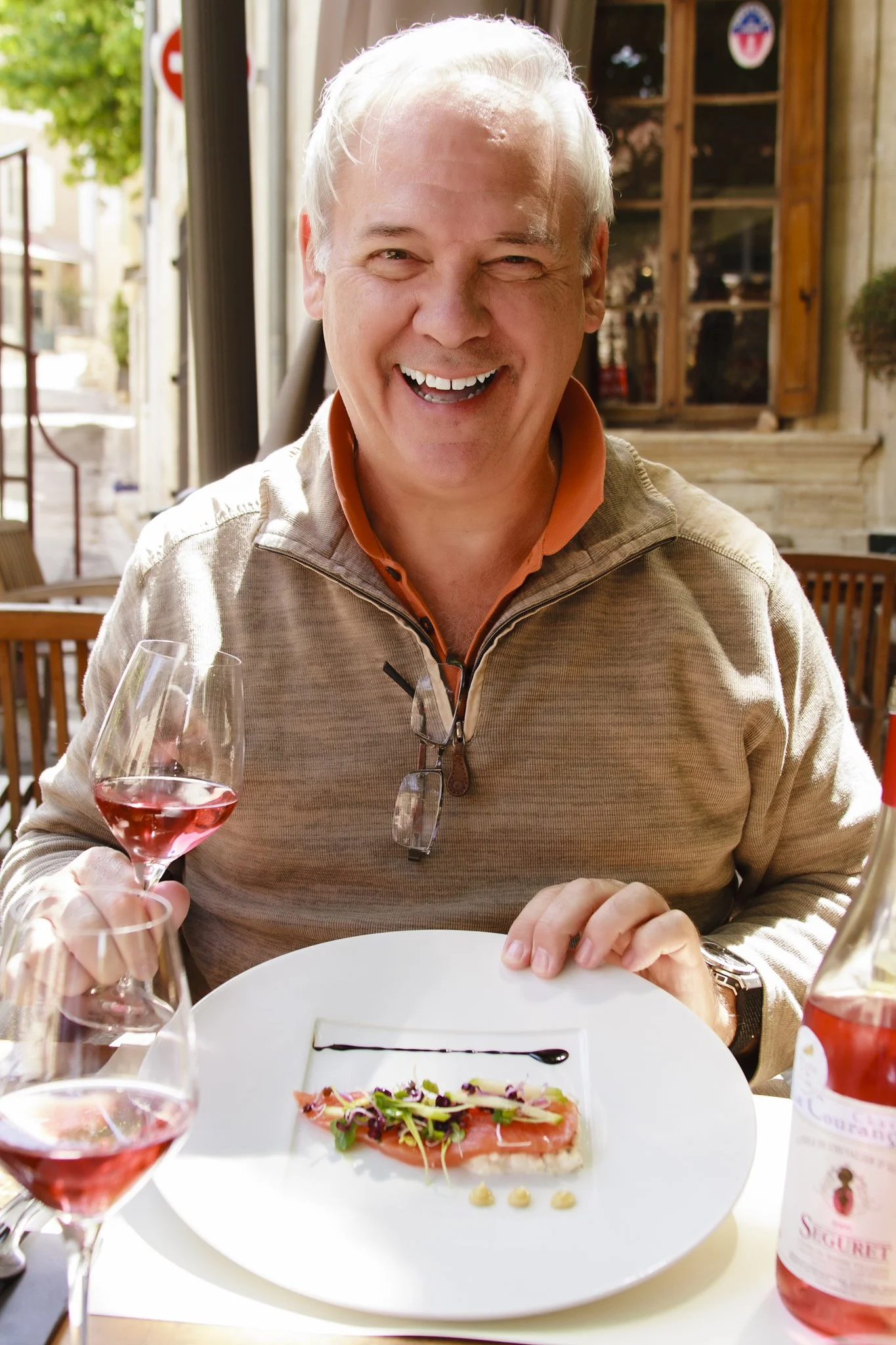Drinking Pink Year 'Round
/I hope we are well past the time when any discussion of rosé wines needs caveats like, “they’re not all like white Zinfandel” or, “it’s okay until you pour a red wine.” It’s time to dispel a few myths.
I confess, a trip through my local supermarket shows way too much shelf space devoted to insipid, off-dry and medium sweet pink wines. My market had three or four brands of White Zinfandel and I reasoned this would serve as a gateway for wine drinkers moving on to “real” wine, but I missed the point. Young Americans (I’ve lost track of what comes after Millenials,and Gens X, Y & Z) are raised on overly sweetened beverages. I won’t bash Coca-Cola but I will note that Coke has, ounce for ounce, as much sugar as a classic Sauternes but one is marketed as s dessert beverage and the other as an anytime drink.
People raised on super-sweet drinks with searingly high acidity to balance the sugar are understandably graduating to wines with a similar profile and so the semi-sweet “rosé” category has only continued to grow. Today even more than Zinfandel, a favored base wine is Moscato, another grape given to high sugar content and sweet juicy and floral flavors. That said my fear that this sea of insipid pink wines would destroy the market for “legitimate” rosé. hasn’t been at all true. Thanks to Sasha Lichen’s brilliant insight in creating and marketing Whispering Angel millions of consumers have taken a closer look at the rosés of the south of France and found many to love.
Rosé for lunch in Gigonda in France’s Southern Rhône
Whispering Angel is made by Château d’Esclans, which also makes a number of other rosé wines celebrating the carefree Provençal lifestyle. In fact, it was so successful as an entry point to the portfolio, Lichine and friends created another tier below Whispering Angel so it could be view more as the mainstream wine, and then there are three other wines in the family above that. A hundred miles west of Château d’Esclans, the brilliant wine grower Gerard Bertrand has taken wines of Languedoc to the mainstream with some very high quality bottlings of red and white wines and a huge span of rosés retailing in the U.S. from a little over $10.00 (a wine often found by the pallet at Costco, a “big box store” that sells a huge amount of wine) to a super-premium rosé selling for over $200 (and no, I haven’t tried that one, I’m sad to say).
As I’ve spent more time in the South of France and especially the Rhône Valley about whose wines I am particularly passionate, I’ve watched an entire spectrum of pink wines come up in the public’s estimation. There are the Grenache-based rosé wines of Côtes-du-Rhône, that are light and fun, village-level wines like Séguret that get a bit more maceration time on their skins and have an engagingly deep color and a bit more weight. And then there are even more deeply colored and weightier rosé wines, like the Grenache and Cinsault-dominant wine of Tavel, France’s sole rosé-only appellation, and my favorite, the Mourvedre-led rosés of Bandol.
I’m leading a 10-wine masterclass coming up exploring the nuances of wine and food pairing and, amid the usual suspects of Pinot Noir, Sauvignon Blanc (represented by a white Bordeaux, not a Sancerre or Marlborough Sauvignon) and Cabernet Sauvignon, I am happily including a Bandol rosé as an example of an exceedingly food friendly option for meal planning (there are still a couple of seats available if you want to attend). A rosé with some body and weight still maintains it’s deft finesse but offers great compatibility with all sorts of food items - white meats, cheeses and a fair number of red meats as well as complexly spiced dishes like Thai and Indian cuisine.
There are many more rosés to try - some beautiful examples in Tuscany and Southern Italy for example, and a recent favorite, winemaker Nikki Pallesen’s “Crowded Table” rosé from California’s Central Coast. I’ll devote a separate post to the Crowded Table rosé.
In the meantime, I invite you to ponder some preconceptions about rosé that were engagingly pointed out in a recent column in Decanter by Elizabeth Gabay, MW. She’s just written a book about rosé in the South of France and I found her comments not only on point, but thirst inspiring! Here’s the link to her Decanter article.


